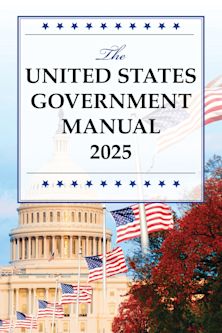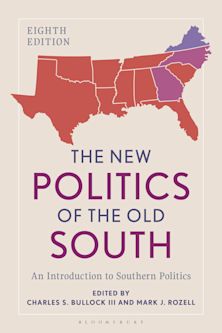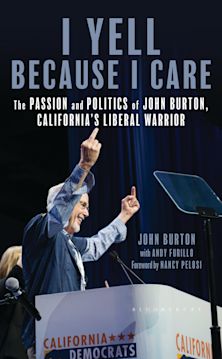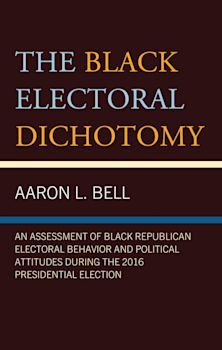Payment for this pre-order will be taken when the item becomes available
- Delivery and returns info
-
Free US delivery on orders $35 or over
Description
As a witness, and at many times participant, in the sphere of legislative government, the author presents his testimony on the accomplishments of regular order of a previous time and the shift to the current lack of collaboration, highlighting the need to return to regular order
The author, through his unique experience and recognition as a master coalition builder in the policy sphere, can attest to the many virtues of congressional regular order. The twelve chapters of this book provide examples and context for a number of major economic regulatory reform initiatives that Dan Flanagan was closely linked, and were seriously considered, with many passed by Congress within the regular order tradition of that 1970–2000 era.
During this period, Dan Flanagan observed numerous committee hearings, markups, and bills reported from committee on a bi-partisan, regular order basis, and recounts and editorializes them within his writing. For quality congressional legislation, important regulatory issues benefit from bipartisan legislation via regular order in the relevant congressional committees, otherwise partisan rulemaking (regulatory ping pong) takes over, thus underscoring the lackluster performance of Congress these last twenty years. Rarely unanimous, the committee process was polite, informative, and typically very positive during this period. The members were articulate, quite knowledgeable, and deferential to their colleagues and, in particular, to their Committee Chairman (majority) and Ranking member (minority). Committee Chairman were seen as powerful and worthy of respect, and the Speaker of the House was, in effect, the conductor of the orchestra.
Gone are those days, and it would be nearly impossible today for Congress to pass the major regulatory reform measures that Dan Flanagan was associated with and describes in this timely book, without regular order reestablished and implemented. Leading to the avalanche of rule makings, “regulatory ping pong,” and continuing resolutions that have evolved.
Table of Contents
Preface
Introduction
Part One: Major Reforms
1. Railroad Deregulation, 1980
2. Telecom Reform, AT&T Breakup, 1983, Sprint, the Internet and Content
3. Tax Legislation in 1986, 1993, and 2017
4. Energy/Electricity Deregulation/Reform, 1992
5. Infrastructure Investment Commission Report and the Public Private Partnership Concept, 1993
6. Health Care Reform-1993 (Clinton), 2010 (Obama)
Part Two: Follow-On Efforts
7. NAFTA 1993, Mexican Energy Reform 2014 and Retreat 2022
8. Transportation Infrastructure Finance and Innovation Act (TIFIA) 1998
9. Thoroughbred Racing Reform, 2007 and 2022/23
Part Three: Governmental Reforms
10. Technology Challenges in Government Procurement, (Maglev) 1998
11. Federal Information Technology (IT) Reform, Navy-Marine Corps Intranet (2000)
12. The Need for Regular Order, Congress and the Executive Branch
Conclusion
Afterword: An Image of the Author
Selected Bibliography
Index
About the Author
Product details
| Published | Feb 05 2026 |
|---|---|
| Format | Paperback |
| Edition | 1st |
| Extent | 328 |
| ISBN | 9780761874812 |
| Imprint | Hamilton Books |
| Dimensions | 9 x 6 inches |
| Publisher | Bloomsbury Publishing |


































